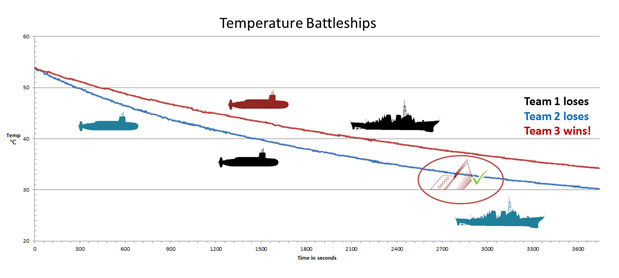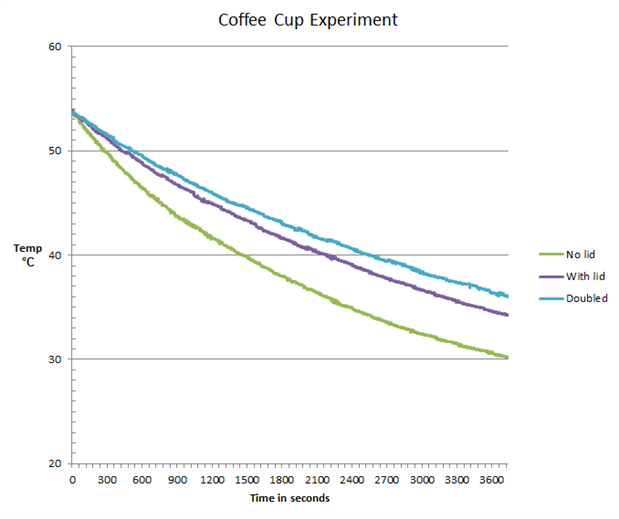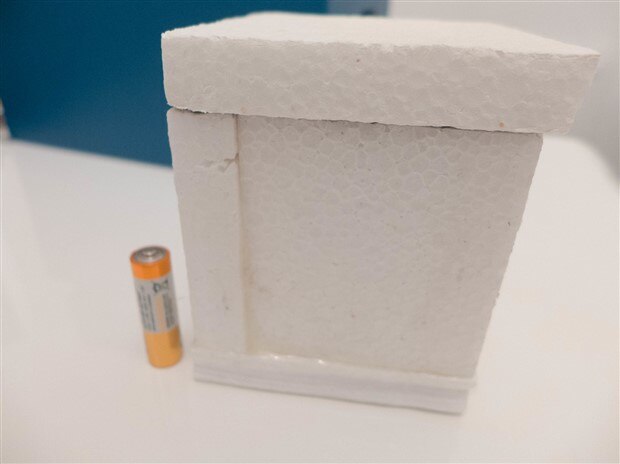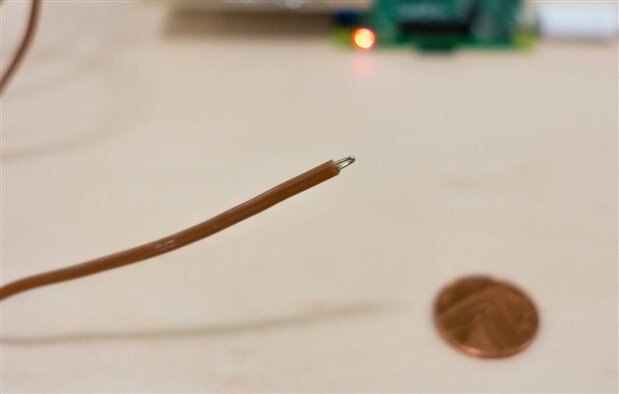Introduction
It is one thing to check the temperature of something with a thermometer. However logging data and observing the change over time is a great way to see trends and gain more insight.
This blog post covers just a simple experiment but the aim is to have a more general solution for good quality temperature measurement, monitoring and logging at low cost.
What is needed?
A temperature sensor and logger is needed. Thanks to support from Element14 and element14Dave check out the blog post for a Raspberry Pi based temperature measurement solution. Of course, any temperature logging system could be used (e.g. off-the-shelf system, or an Arduino based solution mentioned in the comments section below).
Is it interesting?
In general, I believe so – perhaps if students are curious then they can measure anything within limits of hundreds of degrees C technically. Practically that would depend on their age and supervision.
As a suggestion for further discussion, maybe it could be turned into a game: A challenge could be, "how long can one keep a drink hot", using nothing other than insulation or materials around the home/school and an hour of time? (by the way It turns out that the answer is: quite a long time. There is some more information on that later).
The challenge would involve researching parameters like thermal conductivity, area, and material thickness.
Variations of the challenge could involve guessing the temperature of an object at different times on a spreadsheet, and seeing who gets closest to the actual temperature curve – i.e. like a temperature based variation of battleships : ) This could be automated of course.
As a first step, I tried an easier experiment to check out the performance of disposable cups – I wanted to know, is it really worth doubling-up on cups to keep a drink warm?
How to do it
First, get some water heated up (or use hot water from a tap).
Set up the temperature logging device and get it recording data. At this point the data is just recording room temperature.
Measure out an amount of the water into a cup placed in a tray or bowl (in case it leaks or is knocked over), and insert the temperature sensor.
I tried a paper cup (make sure it is intended for hot drinks) from the supermarket (Tesco in my case) with no lid, and measured for an hour. It didn’t keep the drink hot for very long. I used 200ml of water from a kettle. Room temperature was about 21 degrees C. I then repeated with a lid, and then a third experiment was with a doubled-up cup but still with one lid.
The conclusion (which I knew from experience since we have very similar cups at work!) is to drink quickly or always use a lid :-)
This is a very basic experiment of course, but it did help test out the Raspberry Pi temperature logger. The graph below shows the measured temperatures for an hour.
For the “how long can you keep a drink hot” challenge, here is my entry; I decided to use expanded polystyrene (Styrofoam) about 15mm thick sheets. I chopped it up using a piece of resistance wire connected up to a power supply. I used Nichrome wire of about 40 ohms/metre, and used 50cm of it connected to a 15V supply (outdoors in case the fumes were toxic) – this gently cuts, or turn up the voltage for a more aggressive cut : )
The pieces were glued using epoxy resin adhesive (Araldite) – other glues may damage the polystyrene. It was very tricky to get it absolutely watertight but eventually it was (a ready-made polystyrene cup would be an easier option, but my local supermarket didn’t have any : (
I also made a tight-fitting lid using expanded polystyrene. I again used 200ml of water, and started at around 51 degrees C, ambient temperature was 21 degrees C. Over the space of an hour, the temperature dropped by just under 8 degrees C. So that’s my record – looking forward to hearing if others can beat it (it shouldn't be hard : ).
To do the measurements, I used a temperature sensor known as a thermocouple, type ‘K’. It was an ‘exposed junction’ type, which isn’t really intended for liquids but is low cost – dry it thoroughly afterwards to prevent corrosion. Some thermocouple models have an exposed junction (such as the one in the photo below), others are enclosed in a probe where the end is either grounded to the probe or insulated, which affects response time.
Some of the enclosed models can handle over 1000 degrees C; others have insulation which functions up to about 250 degrees C, so it is worth checking before using it.
If you’re interested in building a thermocouple sensor solution for the RPI, check out the blog post here.





Top Comments
-

mikedavis
-
Cancel
-
Vote Up
0
Vote Down
-
-
Sign in to reply
-
More
-
Cancel
-

shabaz
in reply to mikedavis
-
Cancel
-
Vote Up
+2
Vote Down
-
-
Sign in to reply
-
More
-
Cancel
Comment-

shabaz
in reply to mikedavis
-
Cancel
-
Vote Up
+2
Vote Down
-
-
Sign in to reply
-
More
-
Cancel
Children